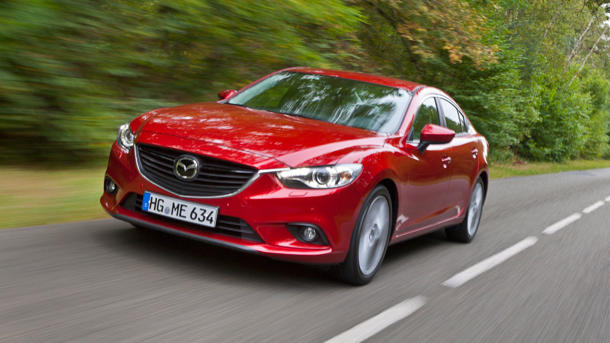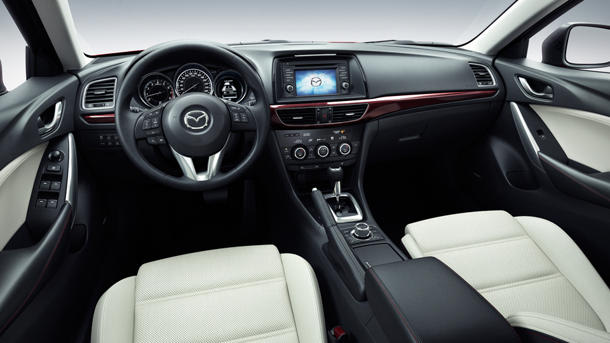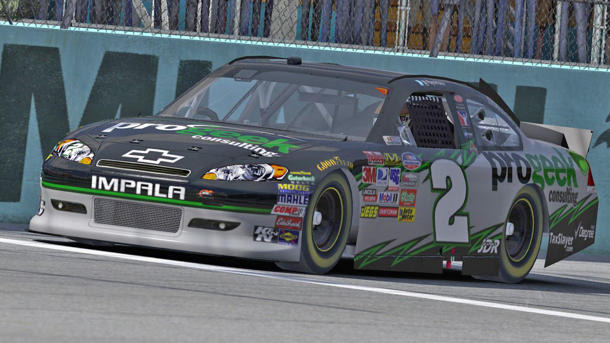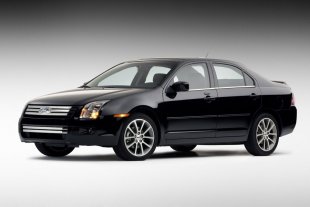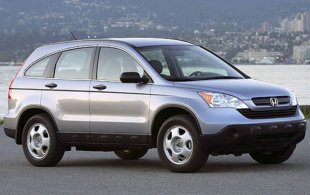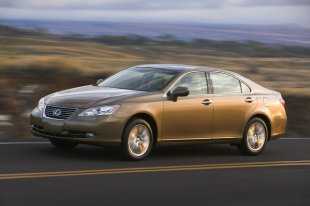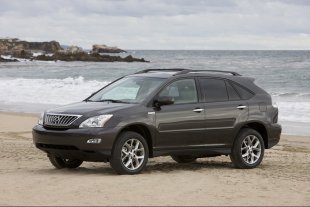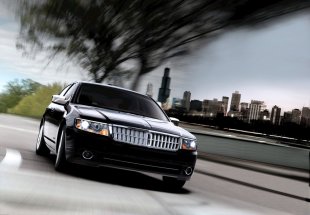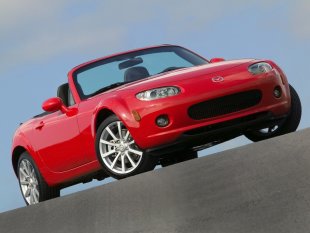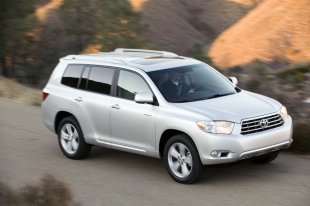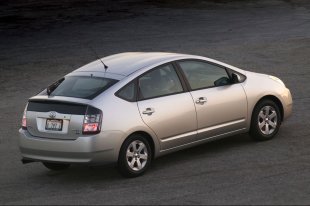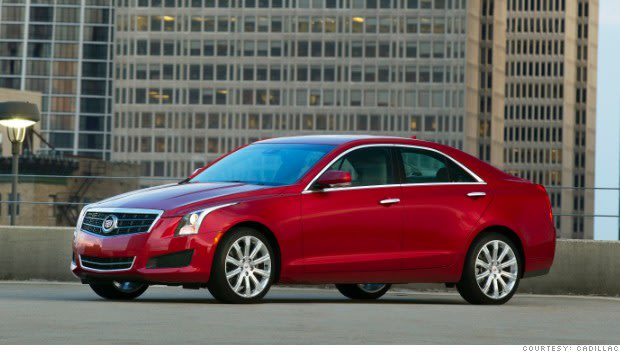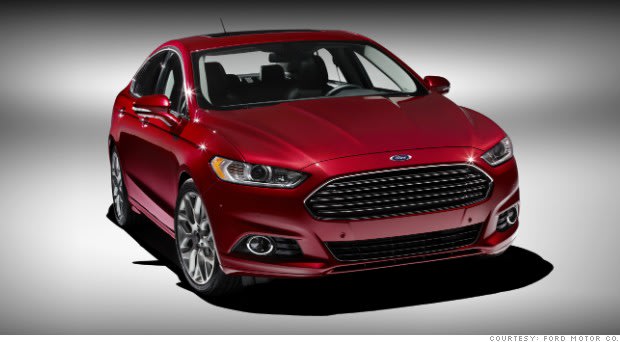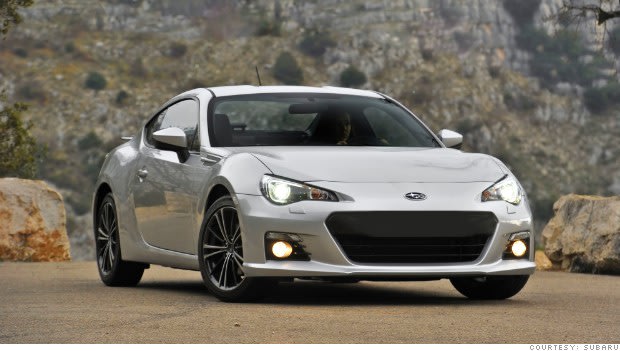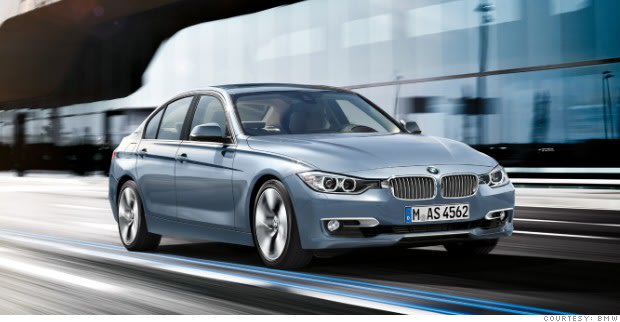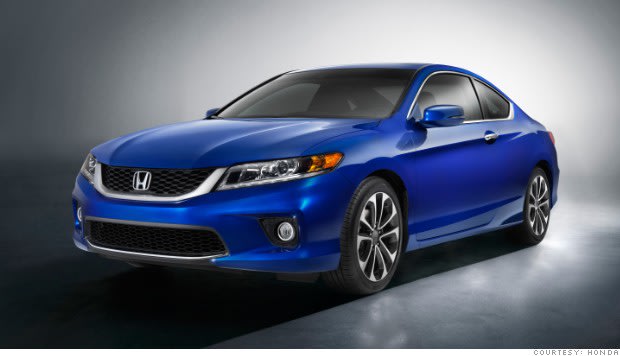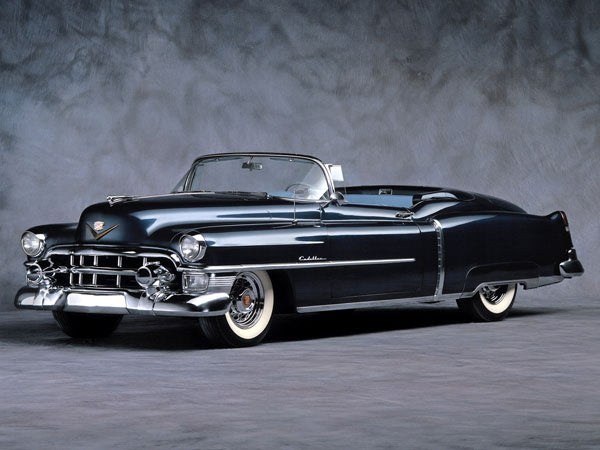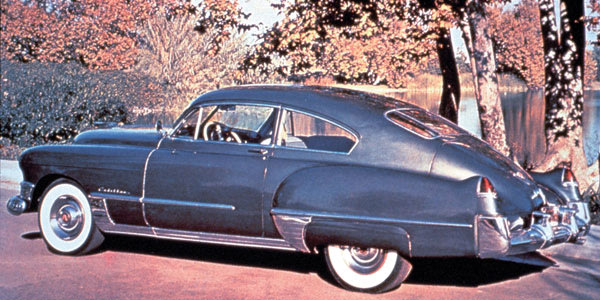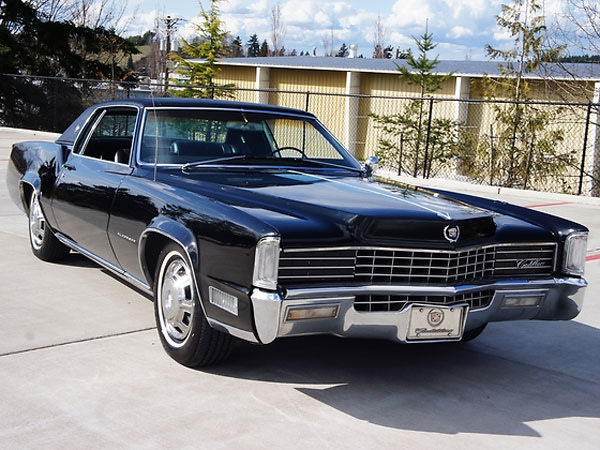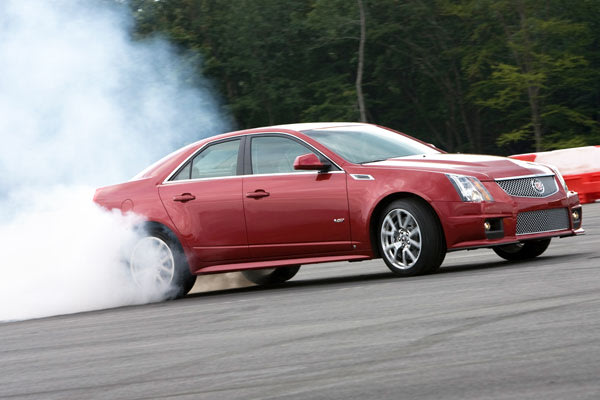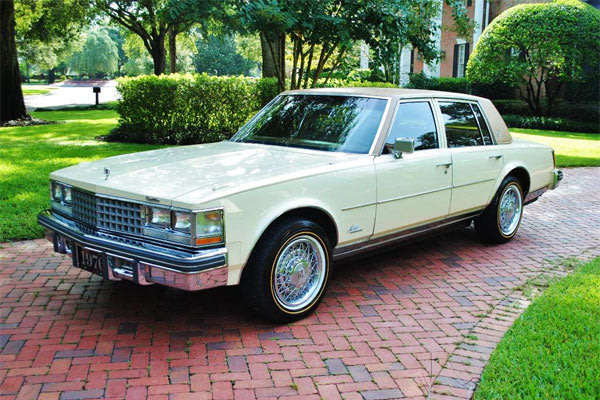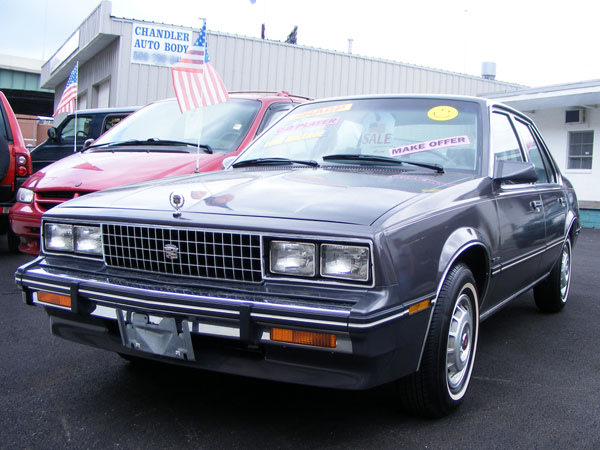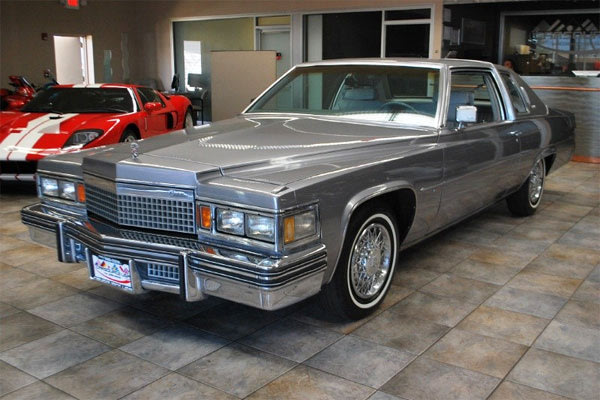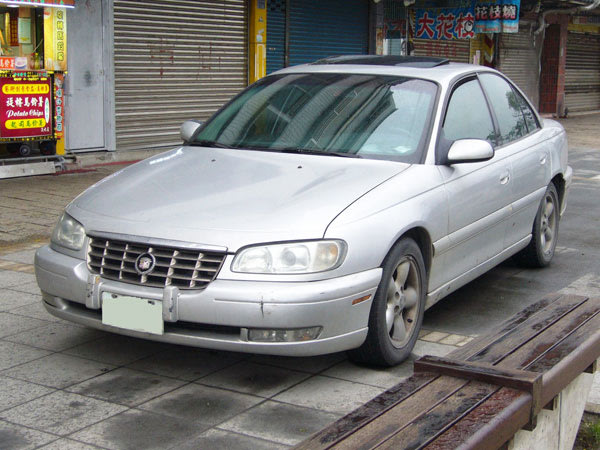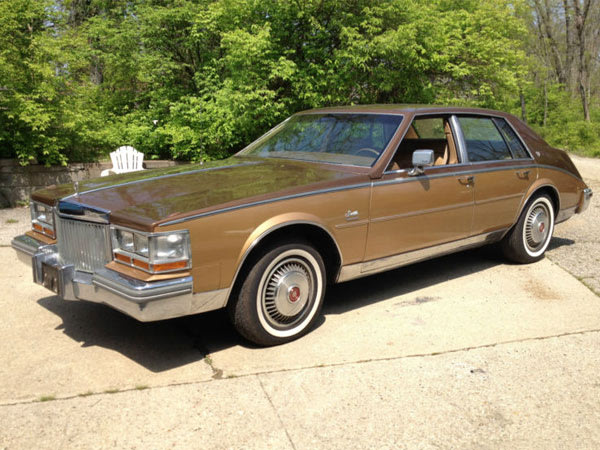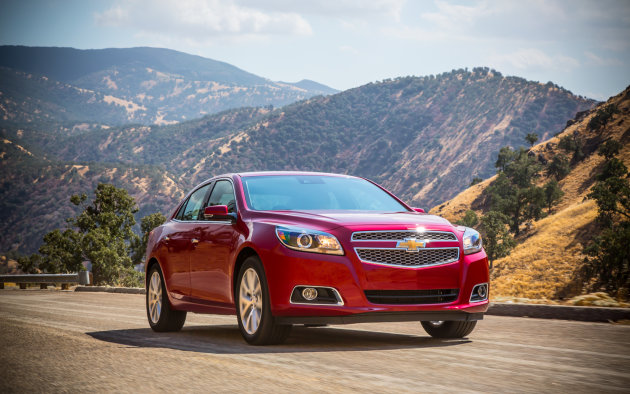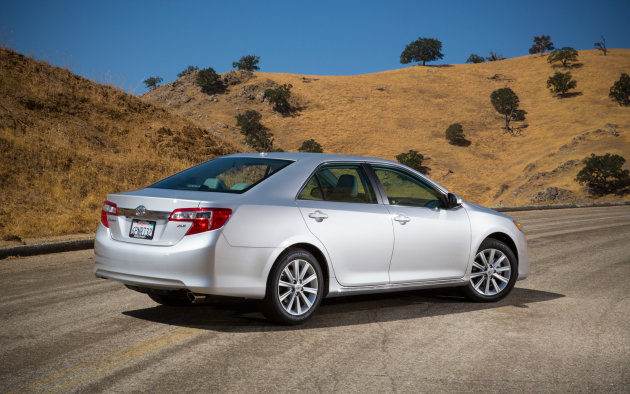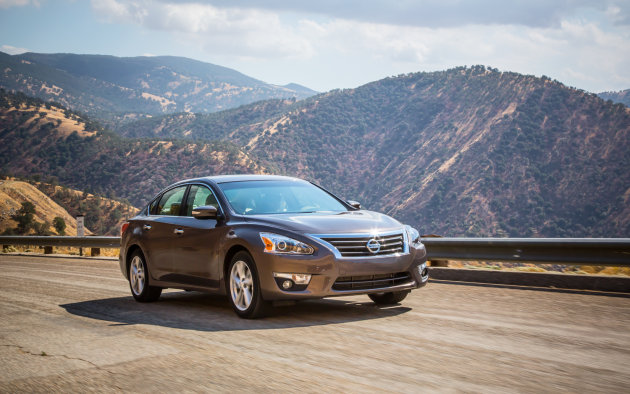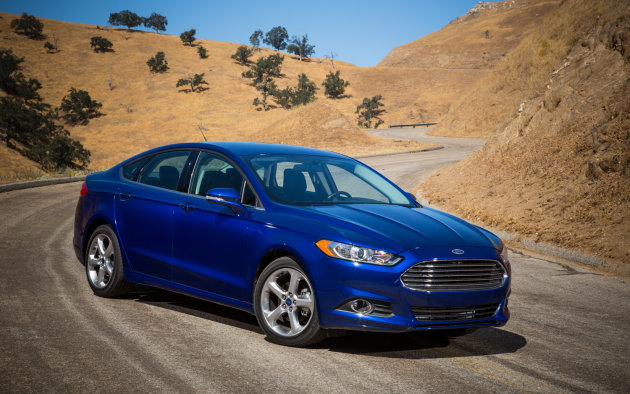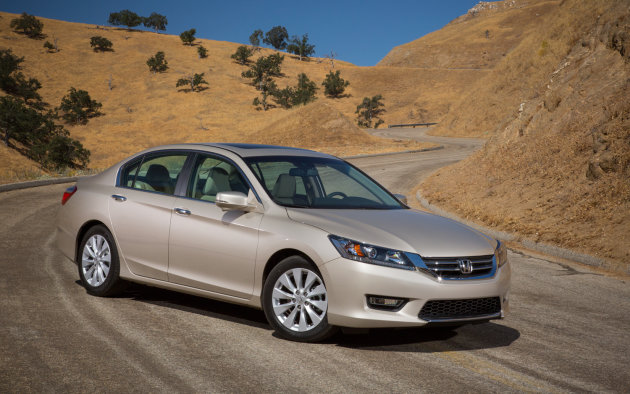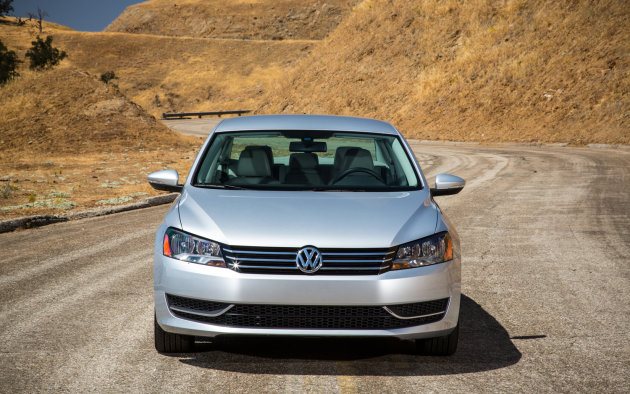Ferrari may get all the fan mail and sell countless bedroom wall posters, but in the 66 years since its founding, the Italian automaker has sold just 130,000 cars. Total. Worldwide. Ever. Toyota, in comparison, sells roughly that many Camrys in the U.S. every five months. Honda's Accord and Nissan's Altima are close behind.
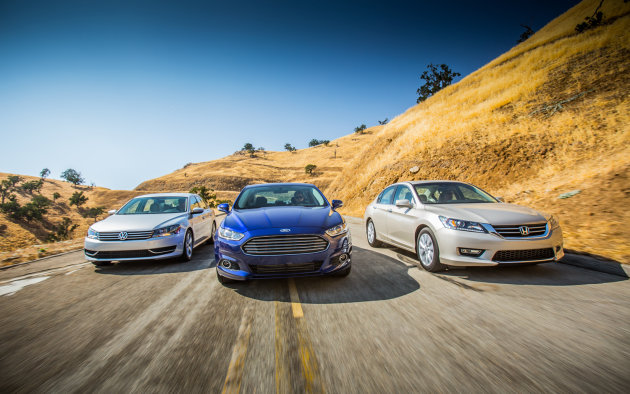
Make no mistake: The humble sedans you see here may have to endure morning gridlock, Labrador fur, and the occasional wayward French fry, but they're the power players of America's auto landscape. Indeed, data sifter Experian Automotive says this mid-range class accounted for a whopping 27.4 percent of the U.S. auto market in the first half of 2012. (Crossovers were a distant second, at just over 19 percent.) While the spotlight-hungry 458 Italia is out there screaming and preening and generally looking as restless as Honey Boo Boo in a library, these four-doors are stoically squaring away the driving chores and eking maximum miles from every precious gallon of gas. Average Joes? Nah. They're heroes.
But which of these best-sellers is numero uno? The latest editions of the Toyota Camry and the Volkswagen Passat -- our 2012 Car of the Year winner -- should look familiar, as they've been on sale about a year now. The remaining members of our sedan six-pack, though, are transformed for 2013. They include the new, smaller Chevy Malibu; the dramatically restyled Ford Fusion; the bold Nissan Altima; and the all-new and bigger Honda Accord.
To sample life at the class' entry level, we ordered base powerplants in each of our testers: four 2.5-liter engines, one 2.4, and a 1.6-liter turbo. Plus three six-speed automatics, one six-speed manual, and two CVTs. Hardly the stuff of performance dreams, true, but as enthusiasts we unabashedly favor the car -- even an economy model -- that delivers the most gifts to the driver's seat. With that in mind, here's how they finished.
6TH PLACE: Chevrolet Malibu LTZ Tight with room -- not with fuel Talk about a comedown. What had previously been a sedan we'd regularly praised -- and GM's best-selling car -- finished dead last. How could the likable Malibu have fallen so far? Mostly this: a retrograde interior, a nearly useless rear seat, and the thirstiest powertrain in our group.
"The back seat is too small for passengers with legs," logs associate online editor Christian Seabaugh. Says associate online editor Nate Martinez, "At 5 foot 9, I had about an inch of clearance for my knees if I sat up like a crash dummy." Such is the penalty served by Chevy slicing 4.5 inches out of the new Malibu's wheelbase. (The roomy sedan in the lineup will be the 2014
Impala.) Also drawing jabs was the general look of the interior, a curious, quasi-steampunk mix of football pigskin leather, cheesy faux wood, and glitzy chrome accents. "Getting into the driver's seat felt like stepping into a 19th century study," notes associate online editor Benson Kong. Associate editor Mike Febbo adds, "Already looks dated -- and this is a brand-new car." The LTZ's standard leather seats also took a beating for being "rock hard" and "flat"--with "no support at all." Most of our team praised the MyLink touch screen, however, noting its ease of use and general cool factor.
Gone is the previous six-cylinder option -- the Malibu is now a four-cylinder only. The Ecotec 2.5-liter delivers a healthy 197 hp and mates only with a six-speed automatic. It's not a stellar mill. "Good power, but gets thrashy at high rpm" (associate editor Scott Evans); "Sounds like a box of bees" (Seabaugh). The transmission tends to shift up at the earliest opportunity (i.e., fifth gear at 30 mph) to maximize economy, but in the real world such behavior actually works against maximum mpg. Notes Seabaugh, "You have to be heavy on the throttle to get anywhere." Indeed, given the Malibu's lazy-horse character, all of us found ourselves constantly spurring the right pedal. The result: Though the Malibu boasts respectable EPA numbers of 22/34 city/highway mpg, during our back-to-back comparo driving we averaged just 21.3 mpg -- worst of the group by far.
The chassis rides well, but after that the praise ends. Steering feel is simply lousy -- zero feedback, and you'll find yourself working the wheel even on arrow-straight highways. The soft suspension, writes Evans, means "seesaw action over bumps." Febbo is less charitable: "No confidence in the chassis." The new Malibu offers nothing to the enthusiastic driver.
It's a shame, because this remains a clean-looking, competitively priced machine (base price for the well-outfitted LTZ is $28,590). But its limited room and poor real-world efficiency doom it in this capable field. Seabaugh sums it up bluntly: "Unusable at its most basic function -- family sedan."
5TH PLACE: Toyota Camry XLE Best-seller, but far from the best Will Toyota care that its latest Camry finished fifth? Not likely. Over three decades Toyota's midsize sedan has won a huge, faithful, and mostly well-deserved following. The Camry has become the easy, go-to choice for buyers in search of a roomy, efficient, comfortable, reliable four-door that does it all. It's not surprising that the latest, ninth-generation U.S. version is, as we go to press, America's best-selling automobile.
The competition has crept up, though. And the Camry itself is -- dare we say it? -- showing signs of weakness. True, the basics are still there: a genuinely huge and inviting rear seat, impressive real-world fuel efficiency (we observed 26.1 mpg), a full complement of conveniences, and aggressive pricing ($25,570 base for the topline XLE). So why aren't we in love?
Ask Febbo: "This car is just so cynical. Horribly executed, and not a drop of passion anywhere. Interior looks like it was designed by the accounting department. Monochrome display for the HVAC system could have been developed in the '70s. The knobs are cheap, the buttons are cheap, everything is built to the lowest price."
Febbo isn't alone. Writes Seabaugh: "Did Toyota even try? Seems like they just phoned it in. Cabin has way too many hard plastics, a shoddy infotainment system, a dash so shiny it reflects into the windshield in direct sunlight. This is the McDonald's of cars: billions and billions served. But that doesn't mean it's good."
The Camry rides softly but not particularly well. "Every single bump in the road sends vibrations through the whole car," writes Evans. "There's no payoff in handling, either. Body rolls all over; steering is slow and lifeless." The Camry also emitted a strange -- but very distinct -- structural thud over seemingly minor road imperfections, a very un-Toyota-like behavior.
The 2.5-liter four and six-speed automatic deliver generally smooth power, though everyone noted the engine's propensity to whine. And the shifter is merely adequate. "You can tell lessening shift shock was a priority for the transmission," writes Kong. "It's quite deliberate in action" (i.e., it's slow).
Back to that underwhelming interior. Yes, the abundant room is there, but so are squeaks, rattles, and noises we've never before heard in Camrys. Our test car's dome light was falling out. And what's with the humongous circular toggles on either side of the giant steering wheel? "I feel like I should be firing missiles," writes Evans.
Febbo was clearly the most irked by the Camry, so let's give him the final say: "I'm confident this is the worst car I've driven in months. The Malibu might come up shorter in some respects, but at least Chevy put forth an effort. The Camry is offensive partly because it's so far under Toyota's potential."
4TH PLACE: Nissan Altima 2.5 SV Short on room, not on character The jump from fifth to fourth is huge. Now we're talking about sedans with way more plusses than minuses -- each of our top four finishers is a worthy entry. There's still a pecking order, though, and the new Altima lies fourth in the top four.
The good stuff first: There's genuine driving entertainment to be had here. The Altima has a capable, confidence-inspiring suspension, sweetly balanced steering, and good power (it tied with the Accord for best acceleration) from its 2.5-liter four. "I'm immediately struck by how buttoned-down the Altima is," writes Martinez. "Solid, great ride, smooth." Agrees Kong: "Nissan clearly did a lot of work on the driving dynamics: new electrically controlled hydraulic steering, ZF Sachs shocks, passive rear steer, Active Understeer Control." After the Camry, jumping into the Altima is downright shocking -- like meeting George Clooney after Bobcat Goldthwait.
The Nissan boasts a sublime instrument panel, with clear, smartly placed controls and gauges and a readily accessible, easy-to-read touch screen. This is the group's best combination of user friendliness and gadget delight. Too bad the seats in our tester were trimmed in a horrifying vanilla velour seemingly plucked straight from a 1970s Blaxploitation flick. "There's a reason velour died out," writes Seabaugh. "Why oh why, Nissan, did you bring it back?"
A tick in the virtues column: Despite its relative quickness, the Altima returned the best observed fuel efficiency in our test, 26.3 mpg. It also boasts the group's best EPA stats, 27/38 city/highway mpg. Credit, in part, goes to the Altima's standard continuously variable transmission.
That same CVT, though, also helped ensure the Nissan's fourth-place finish. "A deal-breaker," writes Evans. "The essence of rubber-band response: Apply throttle, wait for engine to spin up, surge forward. Drive an Accord to see how it's done properly." Kong concurs: "Excellent in theory, but makes accelerator pedal application a bit of a guessing game. And the CVT's whine is inexcusable. Lots of grinding and gnashing noises coming from the front tunnel area."
Sealing the Altima's finish was a lack of interior space. Though rear-seat legroom is up from the old model, it's noticeably tighter than in our top finishers. And rear headroom is marginal at best (the Altima is the only car here whose roof grazes a 6-footer's head). Unlike the Malibu, the Altima will accommodate actual adults in back, but it won't treat them as well as our top three.
In all, the Altima is a likable ride. Yes, the CVT is noisy; yes, the rear seat is tight; yes, the upholstery would look more at home inside an orange-leather trench coat, but this Nissan also offers character: a frisky personality, a beautiful dash, rewarding driving dynamics, and top dog status at the pumps. The effort that went into this one shows.
3RD PLACE: Ford Fusion SE The Aston of family sedans If looks alone determined the finishing order, we'd probably have our winner right here. Admittedly, the new Fusion isn't as sleek in the metal as some of its photos might suggest, but this is still a great-looking sedan, an Aston Martin amid a sea of cereal boxes.
Happy to say, the Fusion is not just another pretty fascia. It's a genuinely spirited car, with real flavor and competence in its moves. "You can tell right away it was engineered by a German team," says Evans. "Reminds me of the Passat, but even more German. The ride is firm; you feel all the bumps; but it pays back in handling. This thing is built like a tank and feels it in turns, but the body is very well controlled." Febbo agrees. "Suspension tuning is really good." In fact, post-driving, all of us agreed the Fusion's steering is the best of the six--better even than our winner's. "Sportiest car in the group," summed-up Martinez.
Under the hood lies the group's only blown engine, a 1.6-liter turbo making 178 hp and paired with the group's only manual, a six-speed. Febbo dubbed the combo "really good. Doesn't have tons of low end, but even at low rpm there isn't much turbo lag. Feels like a cammy 2.0-liter; really satisfying to zing around with the manual." Indeed, the Fusion's turbo four seemed (and sounded) happiest at high rpm. At low revs it tends to sound a bit gristly.
The interior is a mixed bag. The seats, for instance, are fabulous: aggressively bolstered and covered with a cool, neoprene-like fabric that grips like a wetsuit. So too are the steering wheel, the shift knob, and the center armrest -- all covered in high-quality, soft-touch materials. The center stack, though, is a disaster: a mess of tiny, faintly labeled buttons seemingly executed as an afterthought ("What about the models that don't have the MyFord Touch screen, boss?" "Uh, I dunno, Harris. Just throw a bunch of soft-touch tabs together and paint 'em Indistinguishable Ninja Black. The kids will love it.") Well, the kids don't.
The Fusion is a mixed bag in other areas, too. It's probably the quietest car in the group, with minimal wind and road noise intruding on the cabin. But its rear seat is only fair, with that rakish roofline eating into rear-seat headroom. A spirited performer, true, but also delivering only decent observed fuel economy (24.9 mpg).
You can't help thinking what the Fusion would be like with one of its more potent engine options and bigger wheels and tires. But even as is, the Fusion produced plenty of grins among us. For family-sedan buyers in search of some driving spice, the Fusion warrants a serious look.
2ND PLACE: Honda Accord The ultimate pure family sedan If you're searching purely for family-sedan virtues -- room, comfort, efficiency -- stop reading right now. The new Honda Accord is your car. So why only a second-place finish? You'll understand once you read our winner's review.
For now, let's turn to what makes the Accord so special. For one thing, this is a conspicuously spacious sedan, with a truly palatial back seat and unparalleled airiness all around. "Very roomy," writes Martinez. "Most of the materials have an Acura-quality feel; well above the cheap plastics in the Chevy and the Ford." The seats are splendid, with a richness and plushness rare for this class. Climb aboard, and right away you know you're riding in something special.
The powertrain continues that sensation. The 2.4-liter four and CVT deliver tied-for-best acceleration, fine observed fuel efficiency (we recorded 25.8 mpg), and smooth, refined manners. "Nice linear powerband without any dead spots," writes Febbo. "Best CVT on the market," adds Evans. "You can only tell it's a CVT when it hangs at an rpm for a few seconds. Feels like a regular automatic and makes the Accord feel quick."
Ride quality is top-notch, though communication with the road is minimal. Still, such a relaxed demeanor is probably what many buyers want. Though not the quietest car in our test, this is easily the quietest Accord ever -- a huge step forward for Honda.
The new dual touch screen's center stack borders on overly complex ("Just give me my buttons back," writes Evans). And some of the pieces look chintzy. Febbo: "The smaller touch screen and shifter have a rainbow-glitter black that looks like it was stolen from a bass boat." Those few bits look out of place in an otherwise premium cabin.
The Accord also offers an optional right-side blind-spot detection system that, when you click the right-turn signal, beams a blind-spot view from a right-mirror camera to the center display. It drew mixed reviews. Evans: "I don't like losing my nav screen when it comes on at a stop sign and I don't need it." Seabaugh: "I found the monitor distracting at first, but I grew to love it. The view is crisp and clear, a welcome feature."
Overall, everything most family-sedan shoppers will want is right here: a beautiful and cavernous cabin, a generous trunk, excellent fuel efficiency, an abundance of creature comforts, a quiet and plush ride, and a superb, highly refined powertrain. "So why would you rank this masterpiece second?" you ask. Febbo sums up the Accord's one shortcoming well: "You will never have any fun in it." As we noted in our introduction, to us the driving experience matters. And that's just what our number-one best-seller delivers.
1ST PLACE: Volkswagen Passat SE All the essentials, and much more More than 12 months after being chosen as our 2012 Car of the Year, the Passat continues to impress. No whiz-bang here. This a classically styled, sagely engineered four-door that focuses on bona-fide family sedan requirements while delivering a notably superior driving experience.
You want room? The VeeDub delivers, with a leviathan back seat, a massive trunk, and plenty of breadth for shoulders. "Four dudes on a road trip?" Martinez asks. "No problem. The Passat can handle them and all their stuff." Writes Febbo: "Very few cars of any size have this much space. Really does feel like an affordable Phaeton."
The interior design is clean and purposeful, almost to the point of being austere. "Functional to a fault," according to Evans. The rest of us disagree. Febbo again: "Textbook German functionality. You wouldn't call this cutting-edge, but the interior decor will still look good in 10 years, while several of these other cars will look dated." We love the fat three-spoke steering wheel. The big gauges. The super-intuitive central display screen. The outstanding seats. The hard stuff this VW gets so right.
The powertrain -- a 2.5-liter inline five mated to a six-speed auto -- delivers the group's slowest acceleration and good but not outstanding observed fuel economy (25.5 mpg). But, as usual, the numbers simply don't tell the whole story. Seabaugh: "Engine revs smoothly and the transmission is geared well." Martinez: "Throw the transmission into Sport and you're plenty pleased with the quicker shifts and touchier throttle." The Passat may not be fast, but it feels happy doing its work, and that's a much more important ingredient in the driving experience.
Handling is actually rewarding -- far better than what you might expect from a car in this class. Martinez: "Steering feel is heavier than the rest, but that's to be appreciated. As is the slightly stiffer ride. Both add to the 'tossability' and athleticism of this sedan. Doesn't feel as big as it is -- that always amazes me. An enthusiast with a family will love this car." Adds Kong: "A joy to drive in the city, on the highway, on winding roads. Damping is ideal for just about any situation."
The Passat also exudes refinement. "Still can't believe how quiet it is compared with other cars," says Febbo. "VW has come a long way on NVH." As testament to the Passat's build quality, Volkswagen supplied us with an example showing 14,000 miles on its odo -- in test-car years, that's more like triple that many miles. Yet the Passat was solid and tight.
Base sticker for the nicely trimmed Passat SE model is just $24,495. For that you get gobs of family-sedan goodness, tangible driving pleasure, and a number-one best-seller.
source







